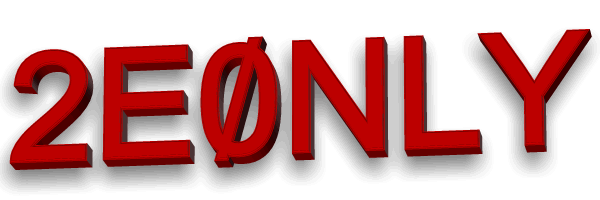
HF amatuer radio
Only been playing with amateur radio since passing my "Foundation" radio exam at stockport amatuer radio club in 2009, since then ive managed to progress further to a "intermediate" radio licence and fully fully intend to take the "Advanced" within the next two years. Simply got to be the best hobby there is in communications :
My "Flagship" Radio the Yaesu FT-1000MP Mark5 Field
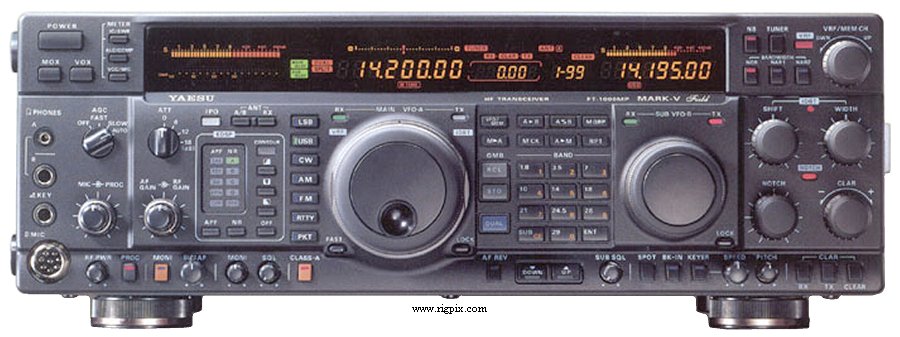
My Back-up radio The Kenwood TS-870 HF Transceiver
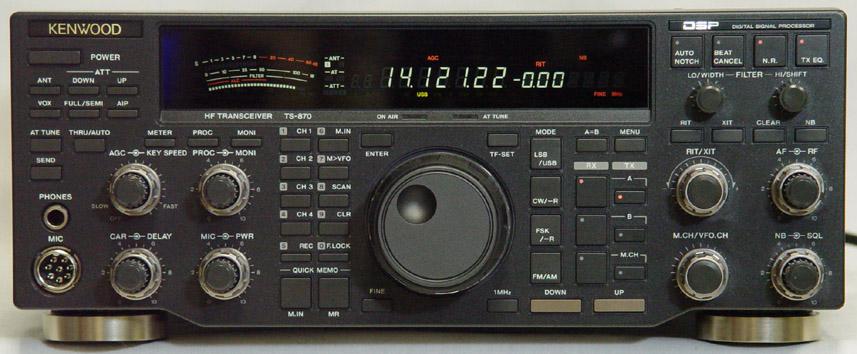
My two main radios, The YAESU FT-1000MP MARK-V Field & The ICOM 746 are getting me contacts all over the world . Still looking for another two or three radios to complete the shack.
![]()
 |

There is a large number of different prefixes used for UK, British amateur radio callsigns or call signs. From a knowledge of these ham radio call signs it is possible to learn something about the licencee - the type of amateur radio or ham radio licence held and also when it was issued.
As the types of ham radio licence available have changed over the years, and different call sign series were issued for each one, it may be difficult to identify what the callsigns mean without a table and explanation.
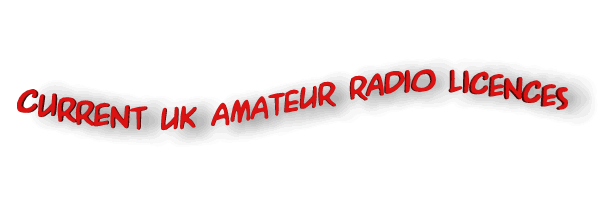
Within the UK, there are three types of amateur radio licence that can be obtained, namely the Foundation Licence, Intermediate Licence and the Full Licence. Each of these ham radio licences offers different privileges in a form of incentive amateur radio licence scheme through which all new UK radio hams must progress to achieve the full licence.
The different ham radio licences reflect the experience of the operators, the Foundation Licence offering entry level privileges while the Full licence offers the highest power levels and the greatest number of bands.
|
Amateur Radio Licence Class |
Summary of privileges |
|
Foundation licence |
Maximum of 10 watts on most allocated bands. Band allocations limited. |
|
Intermediate licence |
Maximum of 50 watts. |
|
Full licence |
Maximum UK licence power can be used and all UK amateur radio band allocations available. |
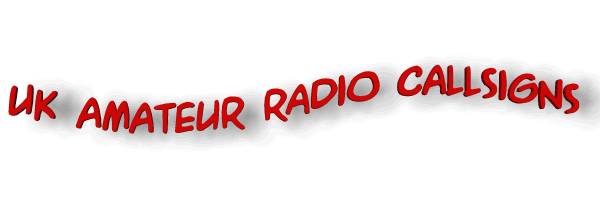
Over the years a variety of different ham radio call sign series have been used in the UK. By looking at the prefix and the number of letters after the prefix it is possible to tell the approximate years in which the licence was issued, and also the original form of licence. There have been a variety of different licences that have been available, and a particular call sign format was used for each different type of licence.
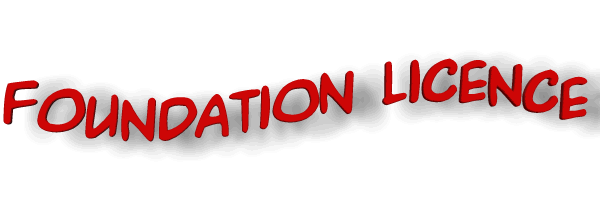
| Call sign description | Issue dates and details |
| M3 + 3 letters | |
| M6 + 3 letters | Available from 13 May 2008 |
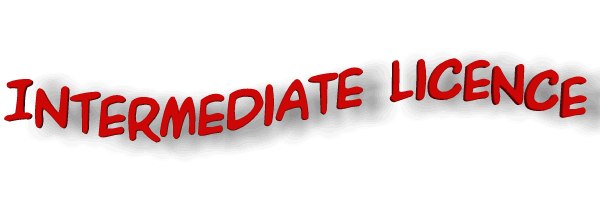
| Call sign description | Issue dates and details |
| 2E0 + 3 letters | Issued from 1991 onwards as Intermediate licence. Issued as Novice class A licence from 1991 for use on all Novice allocations |
| 2E1 + 3 letters | Issued from 1991 onwards as Intermediate licence. Issued as Novice class B licence from 1991for use on Novice allocations above 30 MHz |
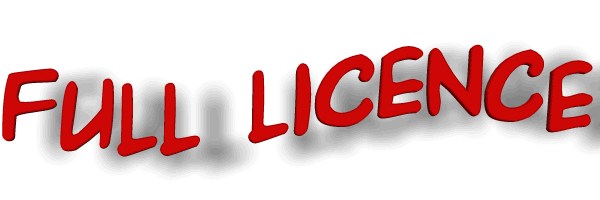
| Call sign description | Issue dates and details |
| G2 + 2 letters | 1920 - 1939 |
| G3 + 2 letters | 1937 - 1938 |
| G4 + 2 letters | 1938 - 1939 |
| G5 + 2 letters | 1921 - 1939 |
| G6 + 2 letters | 1921 - 1939 |
| G8 + 2 letters | 1936 - 1937 |
| G1 + 3 letters | 1983 - 1988 - originally issued as Class B licence |
| G2 + 3 letters | 1920s to 1939. Originally issued as "Artificial Aerial" licence |
| G3 + 3 letters | Issued between 1946 and 1971. Originally issued to amateur radio licence and Class A amateur radio licence holders. |
| G4 + 3 letters | Issued between 1971 and 1985. Originally issued to amateur radio class A licence holders. |
| G5 + 3 letters | Originally issued to foreign nationals as a form of reciprocal ham radio licence. They were withdrawn and either they used existing home calls with additional UK prefix / callsign, or if applicable they could apply for UK licence. |
| G6 + 3 letters | 1981 - 1983. Originally issued as a class B licence |
| G7 + 3 letters | 1989 - 1996. Originally issued as a class B licence |
| G8 + 3 letters | 1964 - 1981. Originally issued as a class B licence |
| G0 + 3 letters | 1986 - 1996. Originally issued as a class A licence |
| M1 + 3 letters | 1996 - . Originally issued as a class B licence. |
| M3 + 3 letters | Foundation licence holders. |
| M0 + 3 letters | 1996 - . Originally issued as a class A licence |

In addition to the basic ham radio call signs a variety of prefixes are used. These not only indicate the country in which the station is located, but also the type of station - a separate set of prefixes being used to indicate whether the amateur radio licence is privately held by an individual or whether it is a club station.
The schemes are different for the M or G series callsigns and those in the 2X* series as the structure of the call signs is slightly different.
| Call sign prefix | Country |
| 2E | England |
| 2D | Isle of Man |
| 2I | Northern Irelend |
| 2J | Jersey |
| 2M | Scotland |
| 2U | Guernsey |
| 2W | Wales |
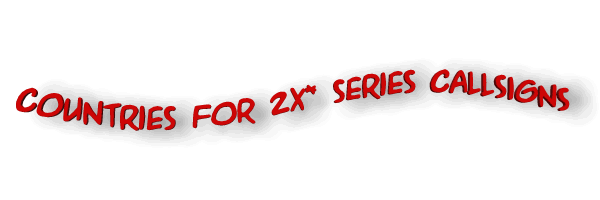
The call signs in the G and M series follow the same format. The second letter of the prefix indicates the country and purpose of the licence
| Prefix | Country / purpose |
| G & M, no second letter | England |
| GB | Special event stations |
| GC & MC | Wales - club licence (optional alternative prefix) |
| GD & MD | Isle of Man |
| GH & MH | Jersey - club licence (optional alternative prefix) |
| GI & MI | Northern Ireland |
| GJ & MJ | Jersey |
| GM & MM | Scotland |
| GN & MN | Northern Ireland - club licence (optional alternative prefix) |
| GP & MP | Guernsey - club licence (optional alternative prefix) |
| GS & MS | Scotland - club licence (optional alternative prefix) |
| GT & MT | Isle of Man - club licence |
| GU & MU | Guernsey |
| GX & MX | England - club licence (optional alternative prefix) |
| GW & MW | Wales |
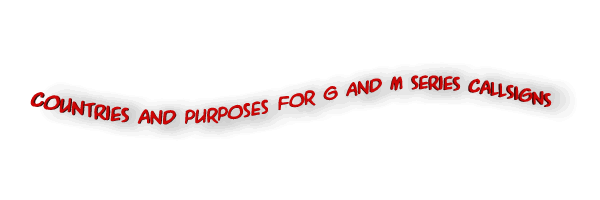
Although amateur radio club stations are allocated call signs using the standard series of prefixes, they also have the option to use the other prefixes detailed in the table above to indicate that they are a club station. This can be particularly useful when they are operating in particular as a club station when they want to make their status more obvious, or for example in some ham radio contests where a new prefix has added value.
![]()
The GB prefix is used for a variety of special ham radio licences ranging from repeaters and beacons to data mailboxes and special even stations. It is possible to tell the use of the station and licence from the format of the callsign.
| GB call sign format | Purpose |
| GB3 + 2 letters | Repeaters |
| GB3 + 3 letters | Beacons |
| GB7 + 2 letters | Data repeaters |
| GB7 + 3 letters | Data mailboxes |
| GB + other digits not mentioned above | Special event stations |
For events such as contests it is also possible to obtain call signs consisting of the prefix plus one letter. For example MW0A could be used for a ham radio contest, etc.
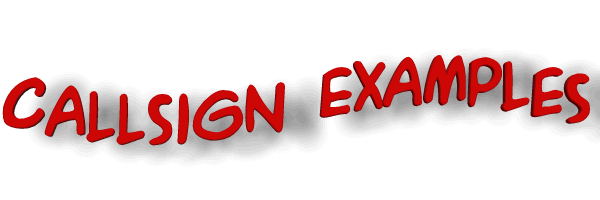
Listening on the amateur radio bands, a large variety of UK call signs with different prefixes can be heard. By using the above tables and information it is possible to determine much about the station using them. Although no UK call signs with serial letters in the series QAA to QZZ were issued, these can be used as examples as they do not belong to real stations. For example it can be seen that a station with the call sign G3QQQ would have been issued with a class A license and now hold a UK full licence, but it would have been issued between 1946 and 1971, well before the current licensing system was introduced. An amateur radio station with the call sign GB3QQ would be a repeater, and so forth.
As can be seen, there is a great variety in UK ham radio call signs and their prefixes. This diversity has partly arisen out of the changes in the UK ham radio or amateur radio licences and also from the need for new series of UK amateur radio call signs. As a result it is very useful to have an understanding of the make up of these call signs.

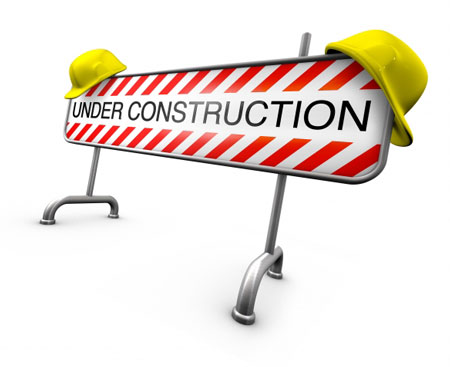
The Ed - 